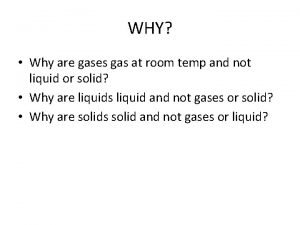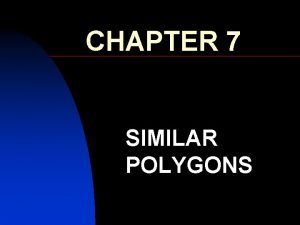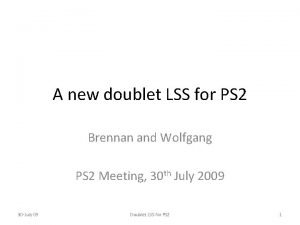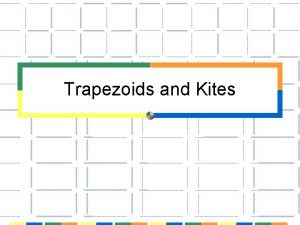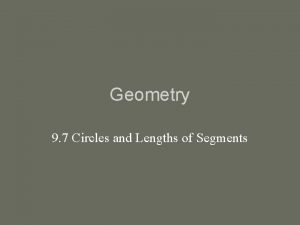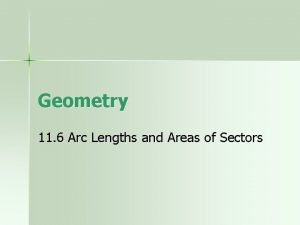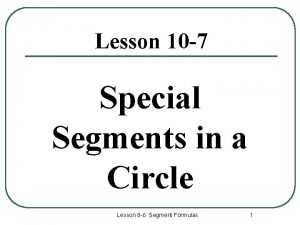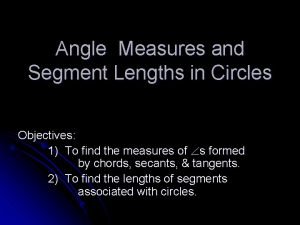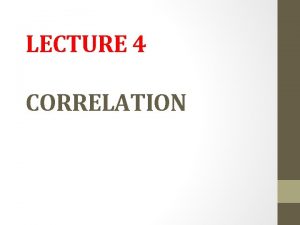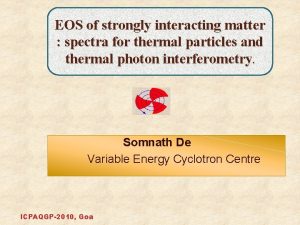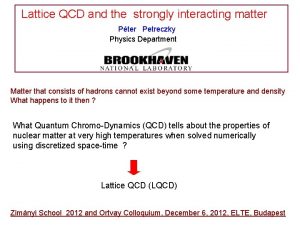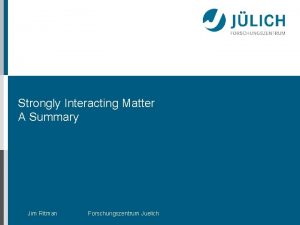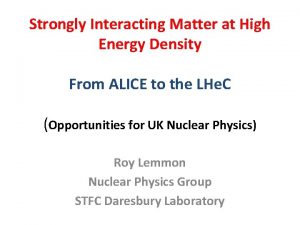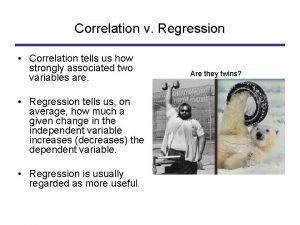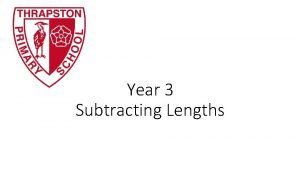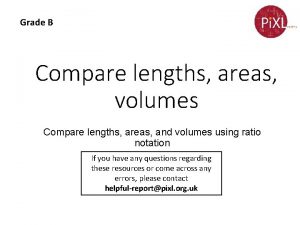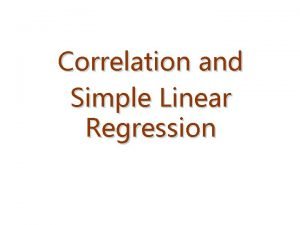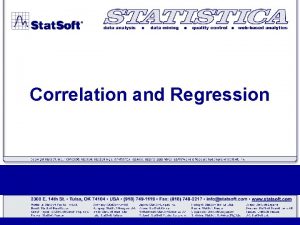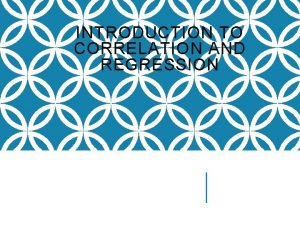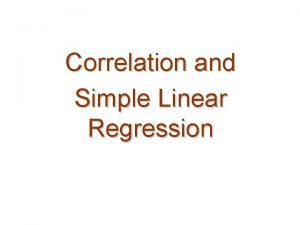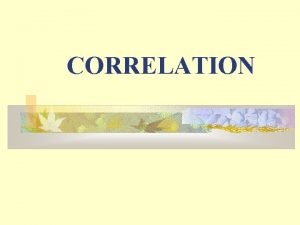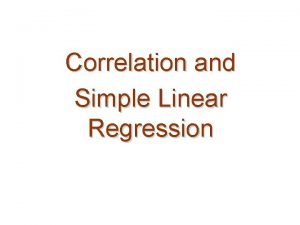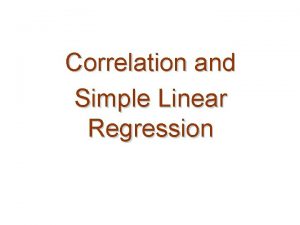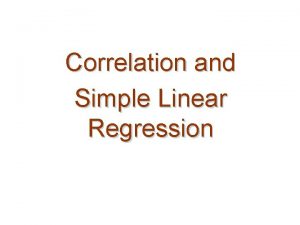Thermomagnetic correlation lengths of strongly interacting matter in























- Slides: 23

Thermomagnetic correlation lengths of strongly interacting matter in the Nambu-Jona-Lasinio model M. Loewe Pontificia Universidad Católica de Chile and CCTVAL UTFSM, Valparaíso, January, 2018.

This talk is based on the following articles: Thermomagnetic correlations lengths of strongle interacting matter in the Nambu-Jona-Lasinio model, Phys. Rev. D 96 (2017) 034007, by. A. Ayala, L. A. Hernández, M. Loewe, A. Raya, J. C. Rojas, and R. Zamora Thermomagnetic properties of the strong coupling in the local Nambu. Jona-Lasinio model. PHys. Rev. D 94 (2016) 054019, by A. Ayala, C. A. Dominguez, L. A. Hernandez, M. Loewe, A. Raya, J. C. Rojas and C. Villavicencio I acknowledge support from: FONDECYT 1170107 and PIA/BASAL FB 0821




Here we will use the Nambu-Jona-Lasinio model (NJL) for discussing strongly interacting matter under the influence of a magnetic field. In the mean field approximation where and We get, then, the “gap equation”

The light quark condensate is given by The effect of the magnetic field is reflected in the dressing of the quark propagator. Once we take thermomagnetic condensates from Lattice we have information about M(B, T)and G(B, T).

Schwinger’s proper time representation of the fermionic propagator

We have chosen the homogeneous magnetic field to point in the z-direction. We use the “symmetric gauge” and we defined We introduce finite temperature in the Matsubara formalism

In this way where The model is not renormalizable. We isolate the vacuum contribution which has to be regularized. It is the only divergent term. The thermomagnetic contribution turns out to be finite.

The vacuum contribution The thermomagnetic contribution

In the previous expression M = M (B, T), such that when B, T → 0, M → M 0. To fix the vacuum values of the condensate and the dynamical generted mass, we choose the ultraviolet cutoff such that the model reproduces the Physical mass of the pion and of the pion decay constant. Two set of parameters for τ0, condensate and M 0

The effective Coupling

Among different quantities, we may calculate the pseudocritical temperature. This is the value of T that maximizes the chiral susceptibility To compare with the lattice results it is necessary to rescale the temperature.


To get a better physical understanding about IMC, we will proceed to study the correlation function between two test quarks, with the same quantum numbers, in coordinate space






For T well beyond Tc = 176 Me. V, both correlation distances increase monotonically. For lower values of T there is a turnover behavior where the correlation lengths start off decreasing slightly , increasing then again and, finally, decreasing for larger values of B. The behavior is totally differente (just decreasing) if we take M constant (instead of M(B, T)). There is a competition between B and T: The tightening induced by the classical force and the random thermal motion.

Conclusions The correlation length is an interesting object for analyzing thermomagnetico effects in strongly correlated matter. When the correlation distances increases, the test charges are further apart and correspondingly their interaction becomes weaker. For large temperatures more particles pop up from vacuum contributing to screen the interaction between the test particles
 Positive correlation versus negative correlation
Positive correlation versus negative correlation No correlation gif
No correlation gif Interacting with coworkers
Interacting with coworkers Interacting molecules or ions
Interacting molecules or ions Interacting cognitive subsystems
Interacting cognitive subsystems Cerebral aqueduct
Cerebral aqueduct Flow energy review
Flow energy review Grey matter nervous system
Grey matter nervous system Composition of matter section 1
Composition of matter section 1 Composition of matter section 1
Composition of matter section 1 Gray matter and white matter
Gray matter and white matter Chapter 2 section 1 classifying matter answers
Chapter 2 section 1 classifying matter answers Ncl. caudatus
Ncl. caudatus Section 1 composition of matter
Section 1 composition of matter Proportional lengths section 7-6
Proportional lengths section 7-6 Doublet lengths to avoid
Doublet lengths to avoid Rstu is a kite, , and . find .
Rstu is a kite, , and . find . 9-7 circles and lengths of segments worksheet answers
9-7 circles and lengths of segments worksheet answers 11-6 arc lengths and areas of sectors answer key
11-6 arc lengths and areas of sectors answer key Juan and romella are standing at the seashore
Juan and romella are standing at the seashore Special segments in circles
Special segments in circles Segment lengths in circles
Segment lengths in circles Eurocode reinforcement detailing
Eurocode reinforcement detailing Em waves spectrum
Em waves spectrum



